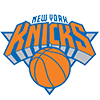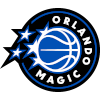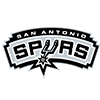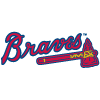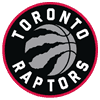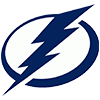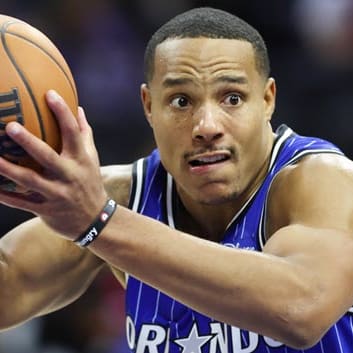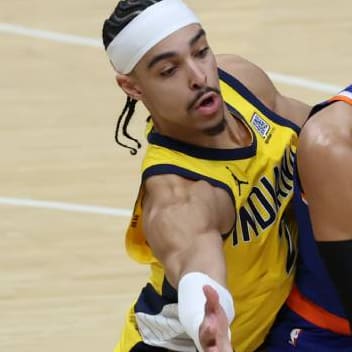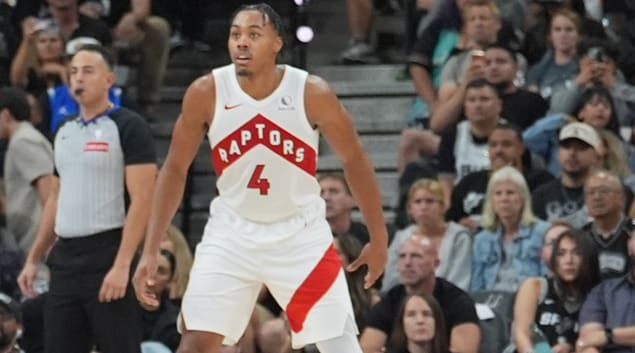Positions are evolving in today's NBA, with guards racking up rebounds and centers shooting 3-pointers at a clip never seen before. Still, all players are slotted into one or multiple positions on your roster, so you'll need to understand the basics of how each performs. Doing so will give you a well-balanced team as you work through your NBA fantasy draft. Make sure to check out NBA Depth Charts for more information on positions each player occupies.
Knowing which positions contribute to which categories will help create the fantasy basketball rankings you then use to draft or bid on your players. Also know your league settings on how many of each position you'll be drafting so you can maximize the positions you're drafting. RotoWire's Fantasy Basketball Draft Kit has all the information you need to make the best decisions in NBA Fantasy.
Why NBA Positions Matter in Fantasy Basketball
Positions matter in fantasy basketball because your roster will need a blend of them all. Owners can't simply draft 12 centers and call it a day.
Much like NBA starting lineups, a well-balanced approach also means spread out statistics across all categories to help you compete.
Point Guards in Fantasy Basketball: The Floor Generals
Point guards excel at distributing the ball. Of the top-25 leaders in assists per game last season, 20 of them had point guard eligibility. They're oftentimes good shooters, too, as seen by 13 of the top 20 most impactful free throw shooters last year being point guards.
They continue to increase their scoring load, too, so fantasy basketball owners creating their fantasy basketball auction values should get great value in those three categories from most point guards.
Shooting Guards: Scoring Machines & 3-Point Marksmen
As their name suggests, shooting guards fill up the box score in points. Last season, nine of the top-30 leading scorers were shooting guards, as were 12 of the top 20 3-point shooters. On the latter stat, it's a stat that fantasy owners can fill up on later in the draft with low NBA fantasy ADP players. Detroit's Malik Beasley ranked 151st overall, but only Steph Curry and Anthony Edwards averaged more 3-pointers per game.
Small Forwards: The Most Versatile Fantasy Basketball Position
Small forwards are the most versatile players in the NBA, often having the ability to handle the ball and shoot while also banging inside for rebounds and easy buckets. They're typically the most athletic players on the floor, so they contribute in stats like steals and blocks without using a spot on a guard (for steals) or a big man (for blocks).
That athleticism also matters in the scoring department, with NBA projections having more 20-point scorers at small forward than any other position.
Power Forwards: Rebounding and Interior Scoring Breakdown
Not to be outdone by small forwards, power forwards are becoming do-it-all players in today's NBA. In bigger lineups, they bang inside and compete in both rebounds and field goal percentage. In smaller lineups, they can be 3-point marksmen who also are aggressive in steals on the perimeter.
You'll notice different types of power forwards on your NBA fantasy draft cheat sheet, and you can draft certain skill sets based on how the rest of your roster is shaking out. Both Anthony Davis and Paul George have PF eligibility, but couldn't be two more different players outside of similar assists and steals. This is a position where you can begin to mold your team's identity.
Centers: Dominating the Paint in Fantasy Basketball
Out with the old, in with the new. There isn't a position in basketball that has more of a different look in contrast to a year ago, than center. New-era big men are passers, can shoot 3s and score in a variety of ways beyond the traditional back-to-the-basket method.
Many are still dominant in blocks, rebounds and field goal percentage because of their sheer size, but the best ones add positives in multiple categories. They also tend to show up on the NBA injury report more than other positions, so keep that in mind as you're building depth at the position.
Multi-Position Players: Maximizing Lineup Flexibility
Many players have mullti-position eligibility thanks to the changing of the guard on how teams deploy lineups. It's actually rare to find a player who is eligible at just one position, and it can be a huge positive to find players who have guard-forward or forward-center eligibility, meaning you can slot them in multiple places on your lineup and free up spots for what you have next.
It's critical for fantasy basketball managers to always know at which positions their players are eligible. It could mean being able to slot in an extra player late in the week at a position you need help in, and on draft day it means having a wider range of players that fit your lineup.
Positions in the NBA are more fluid than ever, but fantasy basketball managers can use that to their advantage. When you subscribe to RotoWire, you'll get the latest NBA lineups and NBA projections on where players are eligible, helping you build better, more versatile fantasy rosters that can compete for championships.






